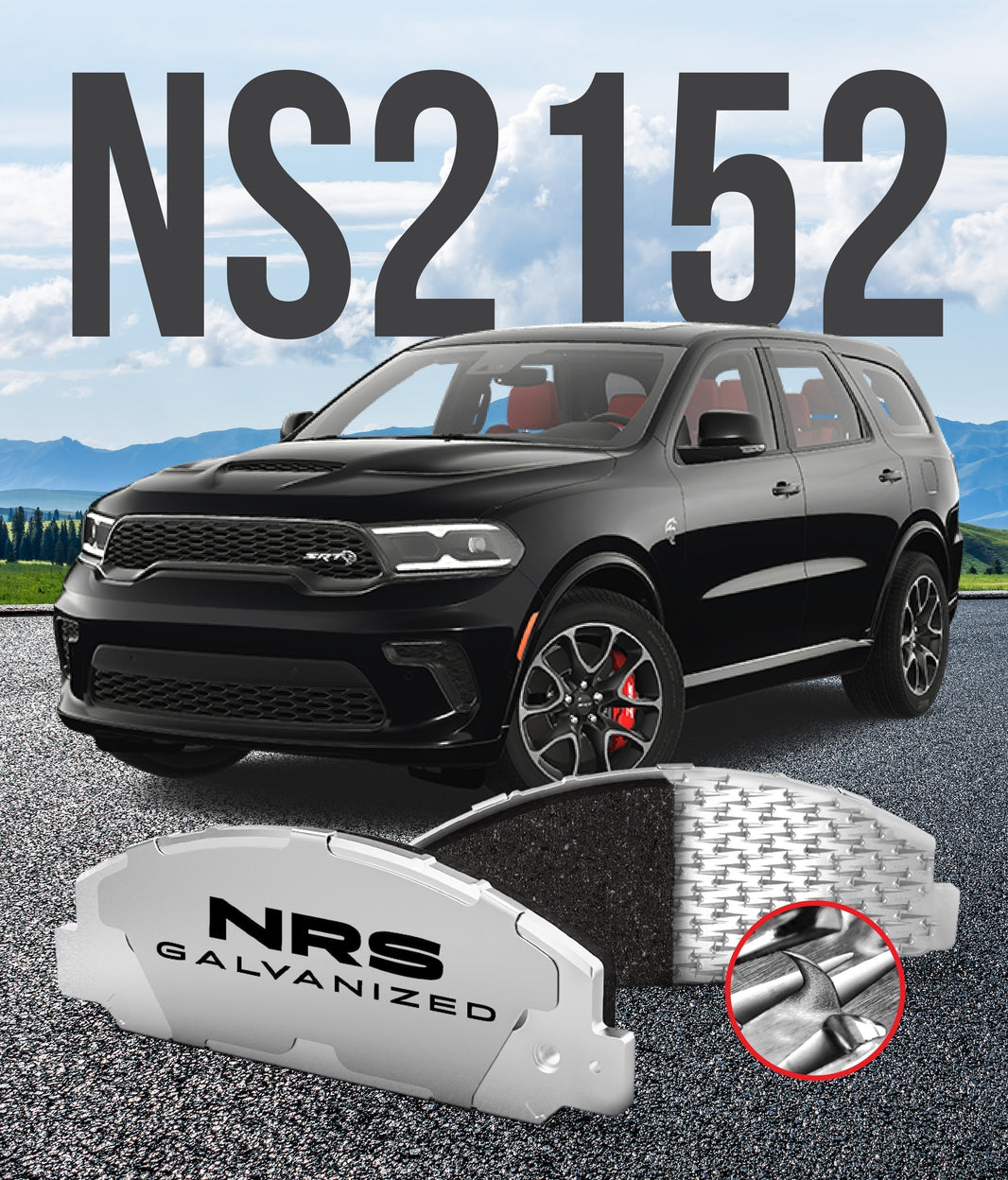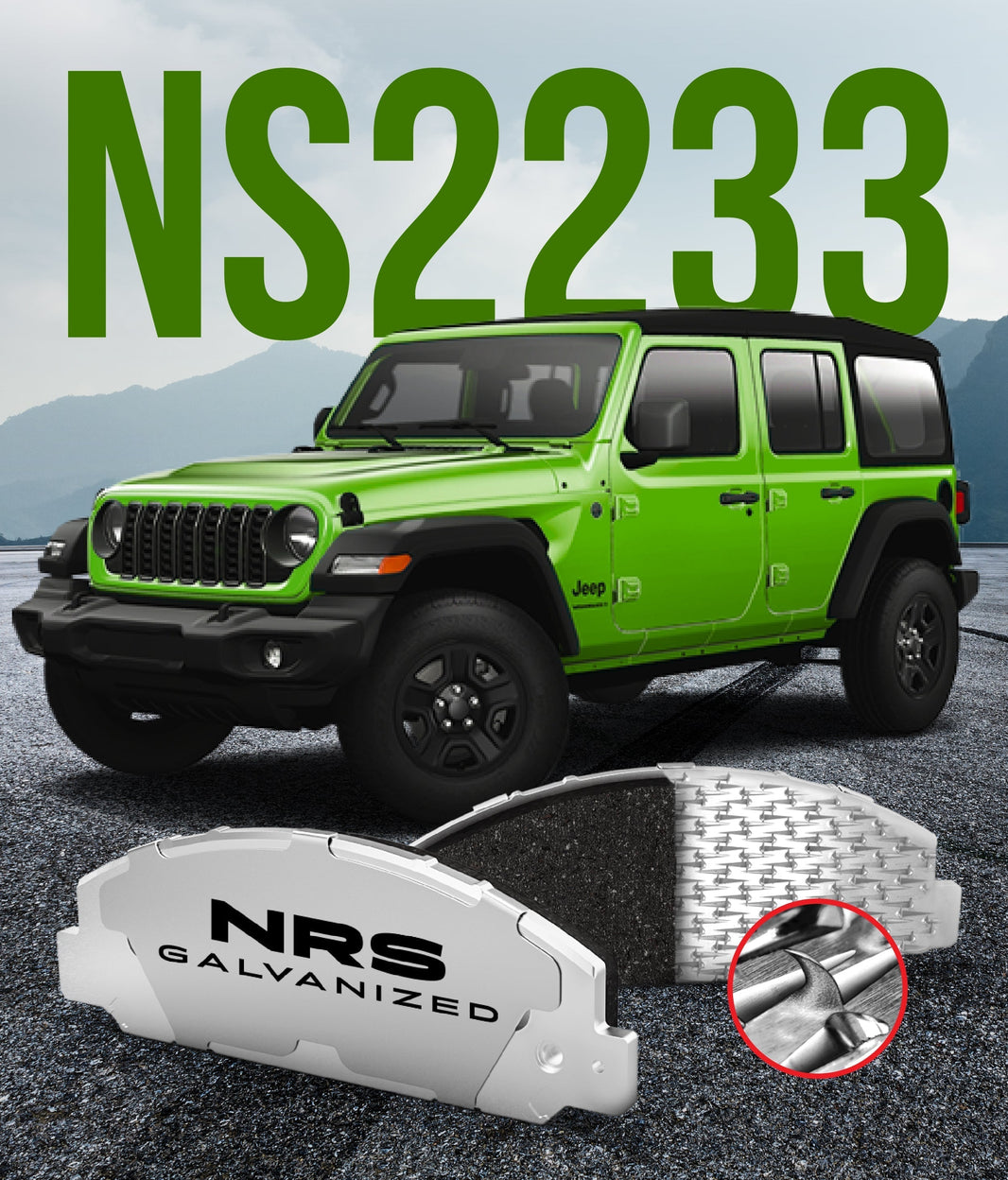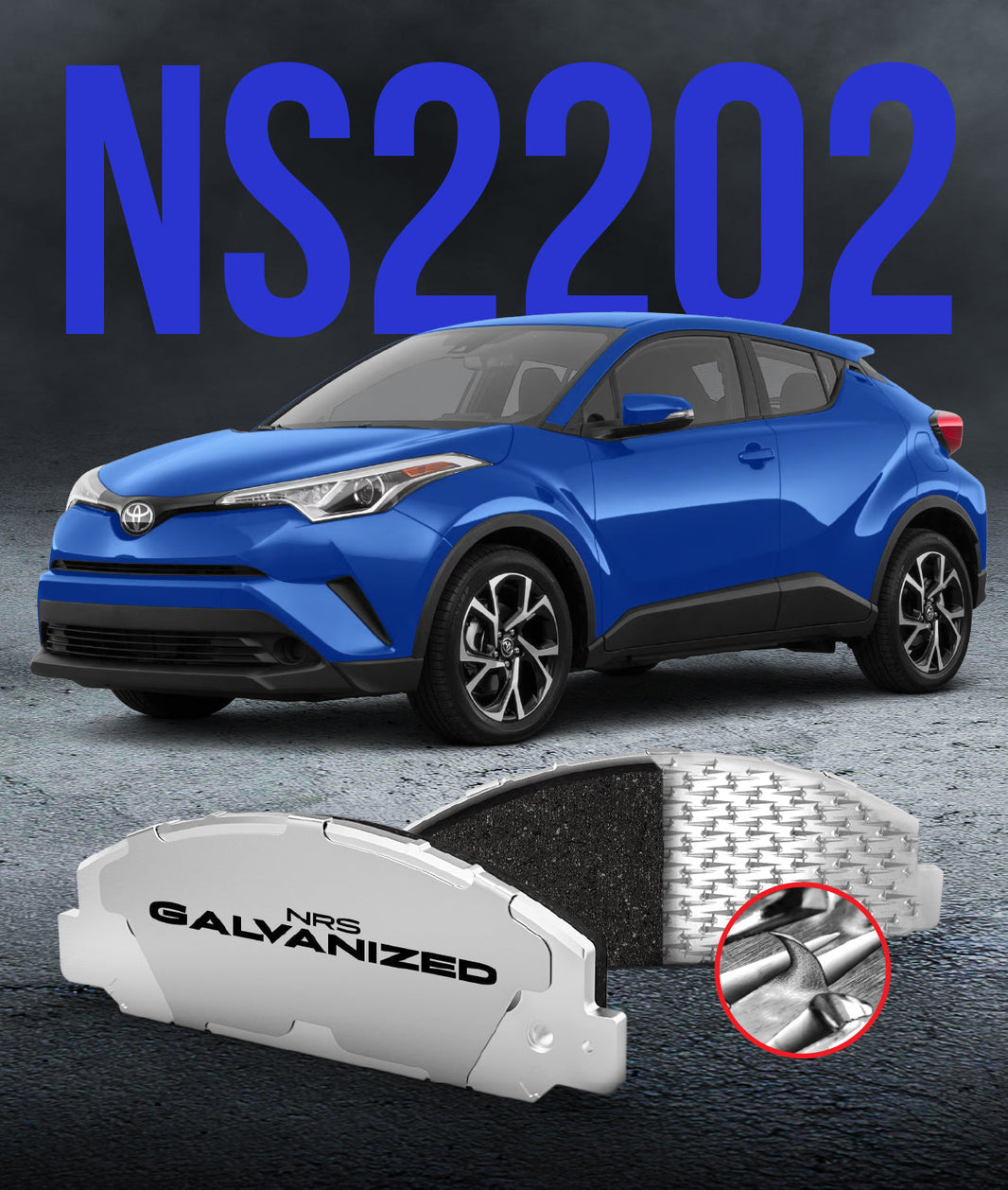 For anyone living in a region with cold, snowy winters, the familiar sight of a salt truck treating the roads is a welcome one. That layer of rock salt is essential for melting ice and providing safe traction. However, the very substance that keeps you safe on the road is also waging a quiet, chemical war on your vehicle's most critical safety system: its brakes.
For anyone living in a region with cold, snowy winters, the familiar sight of a salt truck treating the roads is a welcome one. That layer of rock salt is essential for melting ice and providing safe traction. However, the very substance that keeps you safe on the road is also waging a quiet, chemical war on your vehicle's most critical safety system: its brakes.
The combination of moisture, freezing temperatures, and corrosive road salt creates a perfect storm for rust. Your car's brake system, made almost entirely of iron and steel, sits exposed to this constant assault all winter long. Understanding how this damage occurs is the first step toward preventing it and ensuring your brakes work properly when you need them most.
The Chemistry of Corrosion
To understand the problem, we first need to look at what rust is. Rust, or iron oxide, is what happens when iron or steel is exposed to oxygen and water. It is a natural chemical process that tries to return refined metal to its original, more stable state.
Normally, this is a relatively slow process. But when you add road salt (sodium chloride) into the mix, it acts as an electrolyte. Think of salt as an energy drink for the rust-forming reaction; it dramatically speeds up the entire process, allowing corrosion to take hold much faster and do more damage.
How Road Salt Affects Car Brakes: A System Under Attack
Your vehicle's braking system is a collection of rugged components designed to withstand incredible forces and temperatures. Unfortunately, they are not immune to the persistent effects of corrosion. The slush and spray kicked up by your tires ensures that every part of your brakes is coated in a salty, wet mixture for months at a time.
This constant exposure can lead to seized parts, reduced performance, and even brake failure if left unchecked. Let's examine how each component is affected.
Brake Rotors
Your brake rotors are large, heavy discs of cast iron, making them a primary target for rust. You have probably noticed a thin layer of surface rust on your rotors after a rainy night, which is normal and is wiped away the first time you brake. The real issue is the deep, pitting brake corrosion that salt causes over time.
This heavy rust can flake off, creating an uneven surface that causes vibrations. More importantly, salt can clog the cooling vanes inside the rotor, trapping heat and leading to brake fade.
Brake Calipers and Hardware
The brake caliper is the hydraulic clamp that squeezes the brake pads against the rotor. For a caliper to work correctly, it must be able to move freely on a set of lubricated slide pins. Salt and road grime can wash away this grease and cause the pins to corrode and seize.
A seized caliper slide pin will cause the brake pads to wear unevenly, which is one of the top 5 causes of brake pads wearing unevenly. The caliper piston itself can also corrode, causing it to stick in its bore and preventing the brake from applying or releasing properly.
Brake Pads
You might not think of a brake pad as a part that can rust, but its foundation is a steel backing plate. Salt and moisture can cause this backing plate to corrode severely. This leads to a dangerous condition known as "rust jacking."
Rust jacking occurs when rust builds up between the steel backing plate and the friction material that is bonded to it. This expansion can cause the friction material to lift, crack, or even detach from the backing plate completely. A separated brake pad can mean a total loss of braking on that wheel.
Brake Lines
Your car's brake lines are small-diameter steel tubes that carry high-pressure brake fluid. They are usually protected by a coating, but this can be chipped away by rocks and road debris. Once the bare steel is exposed, road salt can quickly eat away at the metal.
A corroded brake line can eventually develop a pinhole leak. This will cause a loss of brake fluid and hydraulic pressure, leading to a soft, spongy brake pedal and a dangerous increase in stopping distance.
The Top Signs of Brake Rust and Corrosion
Because brake components are mostly hidden behind your wheels, it can be hard to spot corrosion until it becomes a serious problem. However, your car will often give you clues that something is wrong. Paying attention to these signs of brake rust is a key part of winter brake maintenance.
-
Visible Flaking Rust: A quick look through your wheel spokes may reveal heavy, flaking rust on the rotors, calipers, and backing plates.
-
Scraping or Grinding Noises: A constant scraping sound while you are driving can indicate a seized caliper or a rusted backing plate making contact with the rotor.
-
Vehicle Pulling to One Side: If your car pulls left or right when you brake, it is a classic sign that a caliper on one side is seized and not doing its share of the work.
-
A Soft or Spongy Pedal: A brake pedal feel that is soft or goes down farther than usual could point to a leak in a corroded brake line.
-
Vibrations When Braking: While often a sign of warped rotors, heavy rust buildup can also create an uneven surface that causes a shudder or vibration.
How to Protect Your Brakes This Winter
While you cannot stop winter, you can take simple steps to protect your brakes from the worst of its effects. A little preventative maintenance goes a long way in preventing costly repairs down the road. It also gives you peace of mind that your brakes are in top condition.
-
Wash Your Vehicle Often: The best defense is to wash your car regularly, especially after a snowstorm. Be sure to choose a car wash that has an undercarriage spray to rinse the salt and grime from your brake components.
-
Schedule a Brake Inspection: The importance of car brake inspections is even greater in winter. Have a trusted mechanic inspect your brakes before the season begins. They can check for seized parts, lubricate slide pins, and look for any corroded brake lines that need attention.
-
Choose Corrosion-Resistant Parts: When it's time for a brake job, ask about parts designed for durability. For example, coated rotors can resist rust better than bare iron ones, and you should understand why galvanized brake pads are your new first choice.
-
Pay Attention to Brake Dust: The amount and color of dust on your wheels can indicate how your brakes are wearing. Keeping an eye on changes can help you spot problems early, and a guide to decoding brake dust can be a useful tool.
A Proactive Approach to Winter Safety
Road salt is an unavoidable reality of winter driving, but brake corrosion does not have to be. By understanding how salt attacks your brake system, you can take simple, proactive steps to fight back. Regular washing and seasonal inspections are your most effective weapons against the damaging effects of winter.
At NRS Brakes, we design our products specifically to combat these issues. Our galvanized brake pads are engineered to resist corrosion and prevent the dangerous problem of pad separation caused by rust jacking. When you choose our products, you are installing some of the Best Brake Pads in the industry, giving you a safer and longer-lasting solution for the harshest driving conditions.
What is the biggest brake problem you have ever encountered due to winter weather?




